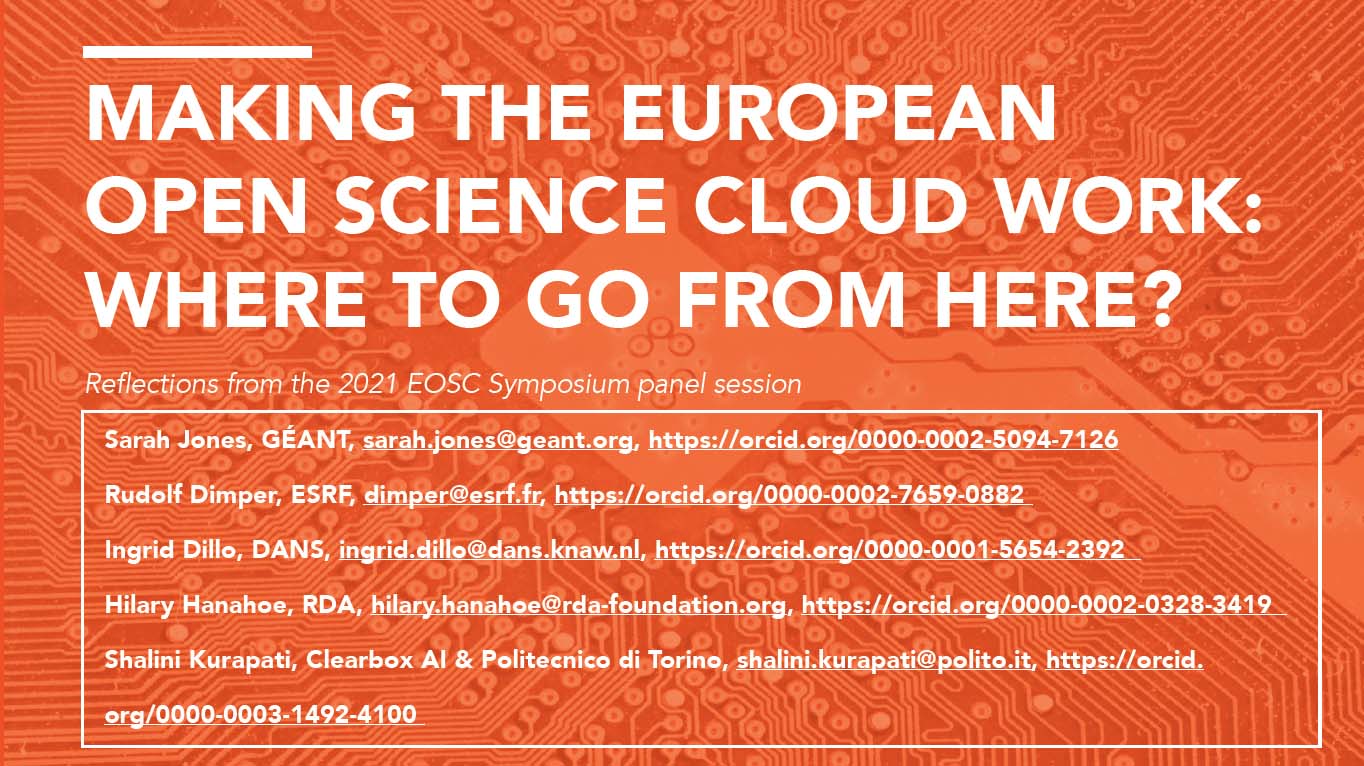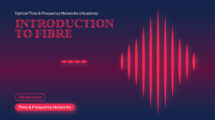Reflections from the 2021 EOSC Symposium panel session
EOSC (The European Open Science Cloud) is a complicated beast. The vision to build an ecosystem of interoperable data and services, enabling cross-border, interdisciplinary and open research is beautiful in its simplicity. The reality of implementing this vision however is incredibly complex. At the EOSC Symposium 2021, a number of representatives of different communities shared their honest reflections, concerns and hopes for the EOSC with the intention to generate further discussion and community inputs to help us achieve the vision.
What are the main overarching challenges we need to overcome to facilitate and accelerate the implementation of EOSC?:
- Access to data – we need an EOSC data search engine, comprehensive and simple enough as Google.
- Access to services must be supported by developing business and service models that allow providers to offer services within the EOSC ecosystem, to a restricted subset of users if required.
- Interoperability – cross-disciplinary Open Science can be seen as the ultimate goal of EOSC and this requires the use of formal standards, protocols and APIs.
- Trust and sustainability, moving beyond proof of concept to sustainable, production level services is critical to ensure researchers trust that the tools can be relied on.
- Enablement: technology AND people: offering support to help research groups put services in place is incredibly important and must be done in an integrated, coordinated way for EOSC
And how do we implement this EOSC? What methods and approaches could be recommended to address these challenges?
Given that EOSC is a multi-stakeholder initiative, serving many research communities and a diverse set of needs, a modular, iterative approach that ensures inclusivity and places researchers at the centre is recommended. In concrete terms the panellists highlighted aspects related to ensuring direct input from scientists that work with data on a day-to-day basis to ensure that the policies and services fit their needs. Furthermore, many feedback loops should be foreseen, and openness on how that feedback was processed and acted on to build trust. Finally, harmonising on a central vision and using clear language that everyone can understand is seen as a key task.
The “Making the European Open Science Cloud work: where to go from here?” opinion piece, authored by Sarah Jones (GÉANT), Rudolf Dimper (ESRF), Ingrid Dillo (DANS), Hilary Hanahoe (RDA), and Shalini Kurapati (Clearbox AI & Politecnico di Torino) delves deeper into these challenges and recommendations and offers insights to what they would do if they had a magic wand and could change one thing to make EOSC better.
REFLECTION PAPER | https://doi.org/10.5281/zenodo.5607692







